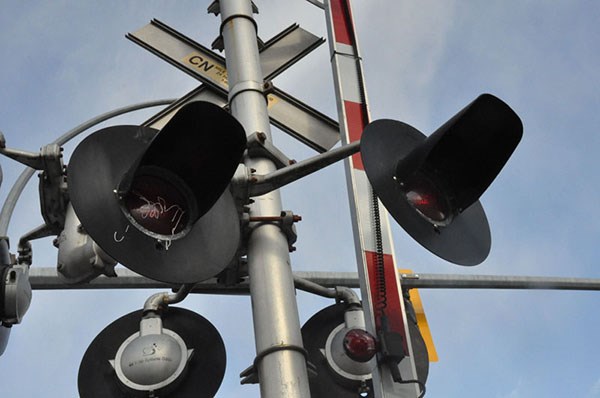In February 2017, population and housing Census data will be available and I doubt it will surprise anyone to see rapid growth in most of the Sea to Sky Corridor, with an extra sense of urgency in Squamish.
Growth projections have suggested a doubling of population in the community within 20 years, maybe sooner.
Add to that Porteau Cove, Britannia Beach, Whistler, Pemberton and connections beyond, as well as the ever increasing visitor traffic and, in time, our Sea to Sky Highway backbone will come under tremendous pressure.
Currently the highway is performing well. Accident rates are down and average travel times are steady even while we do experience “peakiness” on weekends and around events.
Job growth close to home will help conserve the load, but every trip to the city chips away at the available capacity. Even local employment inevitably creates trips. It’s the nature of business. It’s difficult not to imagine a scenario in which ever increasing numbers of people commute to the city.
Given the geography we are dealing with, lane and road closures are inevitable, whether through human or natural causes.
An interesting proposition suggests that by getting people out of the drivers’ seat through the use of autonomous vehicles we can regain 15 per cent of the road capacity lost due to human inefficiency. At best, it’s a ways off and really is just one potential piece of a puzzle.
A fast passenger ferry that departs the Oceanfront in the morning for the Seabus Terminal and works for commuters and tourists alike may have a place in the mix. Buses that connect the region are, however, the next logical transportation improvement. Those who were in Squamish, Whistler or Pemberton during the 2010 Olympics experienced all that transit can be. We had 15-minute frequency between communities 18 hours a day for the duration of the event. There was no trouble attracting riders to that service.
But over the past decade, communities throughout the Sea to Sky Corridor have understandably been focused on their internal transit systems ,with the exception being Pemberton-Mount Currie. These two communities partnered with BC Transit to keep in place a Pemberton-Whistler connector.
Recently, the conversation has shifted, and communities are recognizing that now is the time to broaden the view and put a transit plan in motion that will connect Pemberton, Whistler and Squamish with each other and Vancouver.
BC Transit and local governments have completed the Sea to Sky Transit Future Plan that has identified regional and Inter-regional services as a key priority for residents.
Currently BC Transit and local governments are discussing governance models and Minister Stone has asked me to represent the provincial perspective in talks regarding regional transit for the corridor.
Populations are growing and regional transit is a logical priority for government as people don’t really have many options except for the car.
Of course there is the train. But it really only makes sense if it is fast and direct. One can imagine lots of straight tunnels. That would be a game changer in many ways. What if Squamish was a mere 25 minutes ride from the Seabus or 20 minutes from Whistler Village? The whole corridor then becomes an easy daily commute to the city. Be careful what you wish for.
Contact Sturdy at [email protected] or 604-922-1153.



